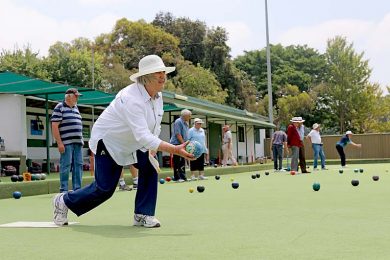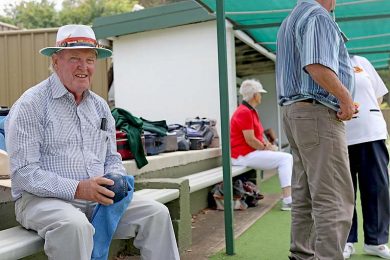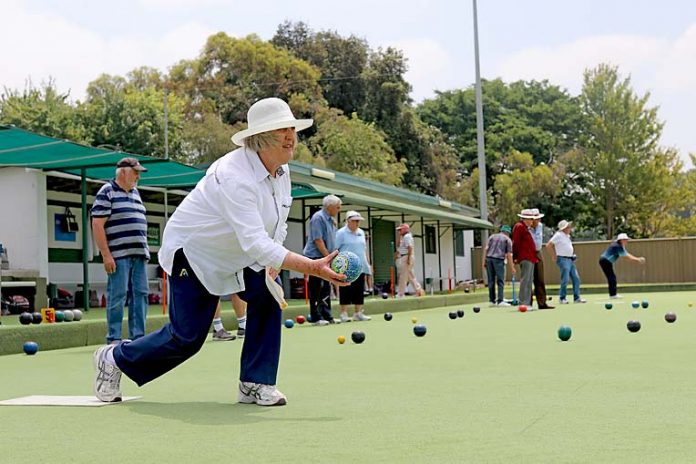
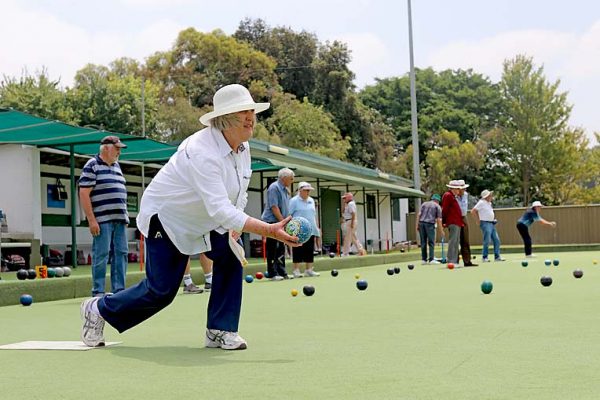
LIMESTONE Coast residents are being urged to follow the “slip, slop, slap” message after data released by the Australian Institute of Health and Welfare has revealed an above-average rate of melanoma in the region.
Data collected over a four-year period has revealed the Limestone Coast has 43.9 melanoma cases per 100,000 people, compared to 35 per 100,000 for metropolitan Adelaide and 36.7 cases per 100,000 for South Australia.
The Cancer Council of South Australia suggests the prevalence of outdoor work in regional areas as one potential factor behind the figure, while sport also contributes to excessive UV exposure.
Participating in the annual Blue Lake Probus Bowls Day yesterday, Mount Gambier Bowling Club secretary Margaret Marshall said it was clear the bowling fraternity was well aware of skin cancer risks.
“If you look around, people are wearing long sleeve shirts, sunglasses and have their face covered by a hat or visor,” Ms Marshall said.
“I do not think there are any bowlers who come out without wearing sunscreen or protection.”
However, Ms Marshall said many older people were paying the price for their behaviour decades earlier.
“Of course the risks increase when we spend time in the sun playing bowls, but I think it mainly goes back to when we were younger,” she said.
“I know I spent a lot of time in the sun, putting the oil on to get tan and we did not know the dangers back in those days.”
Pleading to young people in particular, Ms Marshall urged people to cover up and be careful.
“I have a friend who is in their 80s, who has had quite a lot of skin cancer taken out of his face and he spent a lot of time playing bowls and sport unprotected,” she said.
“I think the more sport you play and the more you are out in the open, the more likely you are to develop something.”
Ms Marshall said she was reassured that when she left home to go bowling, all clubhouses had sunscreen for members to use.
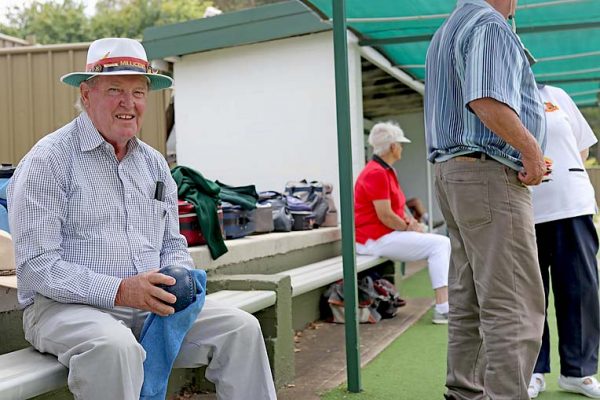
The club just one of many facilities in the Limestone Coast which provides sun protection measures, with schools, sporting venues and service groups implementing measures to stop skin cancer.
Across the region, Lions clubs combat skin cancer by providing free screenings.
Lions Club of Mount Gambier president Trevor Jacobs estimated up to 40pc of participants were referred to a GP or specialists for further tests.
“The number of people who come through and are then referred on is amazing. In some instances, the skin cancer can be life-threatening,” he said.
“Not only can melanomas appear on your arms, but also parts of the body you cannot see yourself.
“They can be on your tongue, on the soles of your feet or on your back.
“People really need to be checked and an annual check is very important.”
Mr Jacobs said skin cancer affected people of all ages, with individuals working in outdoor environments more susceptible to overexposure to UV radiation.
“People in the fishing, farming and forestry industries really need to get checks on a regular basis as they are out in the sun,” he said.
“The skin cancer van will be going to the Lucindale Field Days in March.”
The Cancer Council of SA will hold skin cancer awareness sessions in Mount Gambier, Keith, Naracoorte and Kingston next month to address the high incidence of skin cancer in the region.
“Skin cancer is caused by overexposure to UV radiation, particularly when the UV Index is 3 and above, which in South Australia occurs every month except for June and July,” Cancer Council SA chief executive Lincoln Size said.
“Coastal and agricultural regions of South Australia have the highest incidence per capita of skin cancer in the state due to the outdoor nature of their work, so it’s important these communities are educated about how to check for signs of skin cancer and reminded about how to effectively protect their skin year round.”

